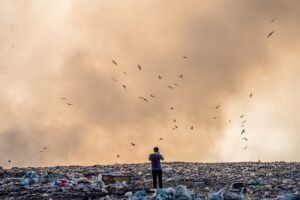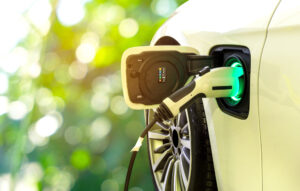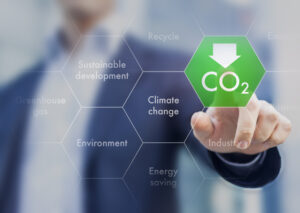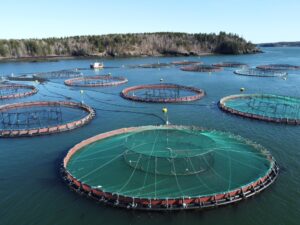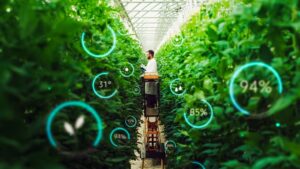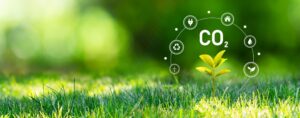5 Common Types of Hawks
Hawks are some of the most common birds of prey known for their sharp talons and strong sense of hearing. Their beaks are sturdy and sharp enough to pierce and kill prey instantly. The idiomatic expression “hawk-eyed” proves that these birds are some of the most vigilant, observant, and watchful. However, for most of us,…
